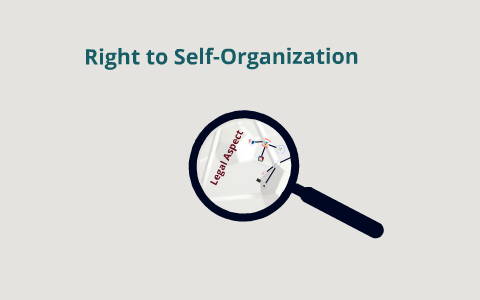
In a world where labor rights are at the forefront of social and economic discussions, the right to self-organization holds significant importance for workers seeking fair treatment and representation in the workplace. Under the Labor Code, the Philippines enshrines the right of workers to form and join labor organizations to protect their interests and collectively bargain for better working conditions. In this blog, we will delve into the fundamental aspects of the right to self-organization, its coverage, and the implications it has for both employees and employers.
What is the coverage of the right to organize for workers?
All workers have the right to form and join labor organizations, as guaranteed by Article III, Section 8 of the 1987 Constitution. This right extends to all workers, so long as the purpose of the organization is not contrary to law. However, there are certain limitations imposed on specific groups of workers.
Which employees are restricted from joining labor unions?
Government employees, managerial employees, confidential employees, and employees who are members of cooperatives are restricted from joining labor unions that have the right to seek collective bargaining negotiations with employers and the right to strike and engage in other forms of concerted activities.
What is the difference between employees’ right to form and join labor organizations and the right not to join?
The right to form and join labor organizations includes the right not to join. While most employees have the option to join or not join a union, some employees, such as those with religious objections to union membership, have the right not only to abstain from joining any union but also to prevent any union from becoming the exclusive collective bargaining agent by participating in a certification election.[1]
Can labor organizations take different forms? Do they need to be registered?
Yes, labor organizations can take various forms such as unions, mutual aid and protection associations, professional organizations, work councils, or labor-management councils. They do not necessarily need to be registered with government agencies like the Securities and Exchange Commission (SEC) or the Department of Labor and Employment (DOLE). However, registration provides juridical personality and legal rights.
What is the definition of a managerial employee?
A managerial employee is someone whose primary duty consists of managing the establishment, a department, or a subdivision thereof. They must customarily and regularly direct the work of two or more employees and have the authority to hire, fire, or their recommendations on hiring, firing, and promotions are given particular weight.[2]
Why are managerial employees restricted from joining unions?
Managerial employees are excluded from joining unions to prevent potential conflicts of interest. Since they represent the interests of the employer and have significant decision-making powers, allowing them to join unions may compromise their loyalty to the employer during labor relations issues.
What is the definition of a confidential employee?
The law does not provide a specific definition of a confidential employee, but the Supreme Court has defined them as employees who assist or act in a confidential capacity to persons who formulate, determine, and effectuate management policies in the field of labor relations.[3]
Why are confidential employees disqualified from joining unions?
Confidential employees are disqualified from joining unions to avoid potential conflicts of interest. They often have access to sensitive and confidential information related to labor relations and may not be able to maintain loyalty to both the employer and the union.
Can employees who are members of cooperatives join unions?
Employees who are members of cooperatives are generally restricted from joining or forming unions because of the doctrine that an owner cannot bargain with himself.[4]
Can supervisory employees join unions?
Supervisory employees are allowed to form and join unions. However, they are prohibited from joining the same union as rank-and-file employees. Instead, they may form separate collective bargaining units or labor organizations.[5]
What is the rationale for segregating supervisory and rank-and-file employees in terms of union membership?
The rationale for segregating supervisory and rank-and-file employees in terms of union membership is to prevent conflicts of interest. Supervisory employees are seen as having closer ties to the employer’s interests, and allowing them to join the same union as rank-and-file employees may lead to issues with discipline, collective bargaining, and strikes.[6]
Q: What happens if a labor organization includes employees outside the bargaining unit?
If a labor organization includes employees outside the bargaining unit, the union’s registration will not be canceled. However, those employees who are not part of the bargaining unit will be automatically removed from the list of the union’s membership.[7]
The right to self-organization is a fundamental pillar of labor rights, granting workers the power to collectively bargain and advocate for their welfare. It creates a platform for open dialogue and cooperation between employers and employees, fostering a more equitable and harmonious work environment.
[1] Reyes vs Trajano, GR No. 84433, 12 June 1992
[2] Article 82, Labor Code
[3] SMC Supervisor & Exempt Union vs Laguesma, GR No. 110399, 15 August 1997
[4] San Jose Electric Service Coop vs Min of Labor, GR No. 77231, 31 May 1989
[5] Art. 255, Labor Code
[6] De La Salle University Medical Center vs Laguesma, GR No. 102084, 12 August 1998
[7] Art. 256, Labor Code


